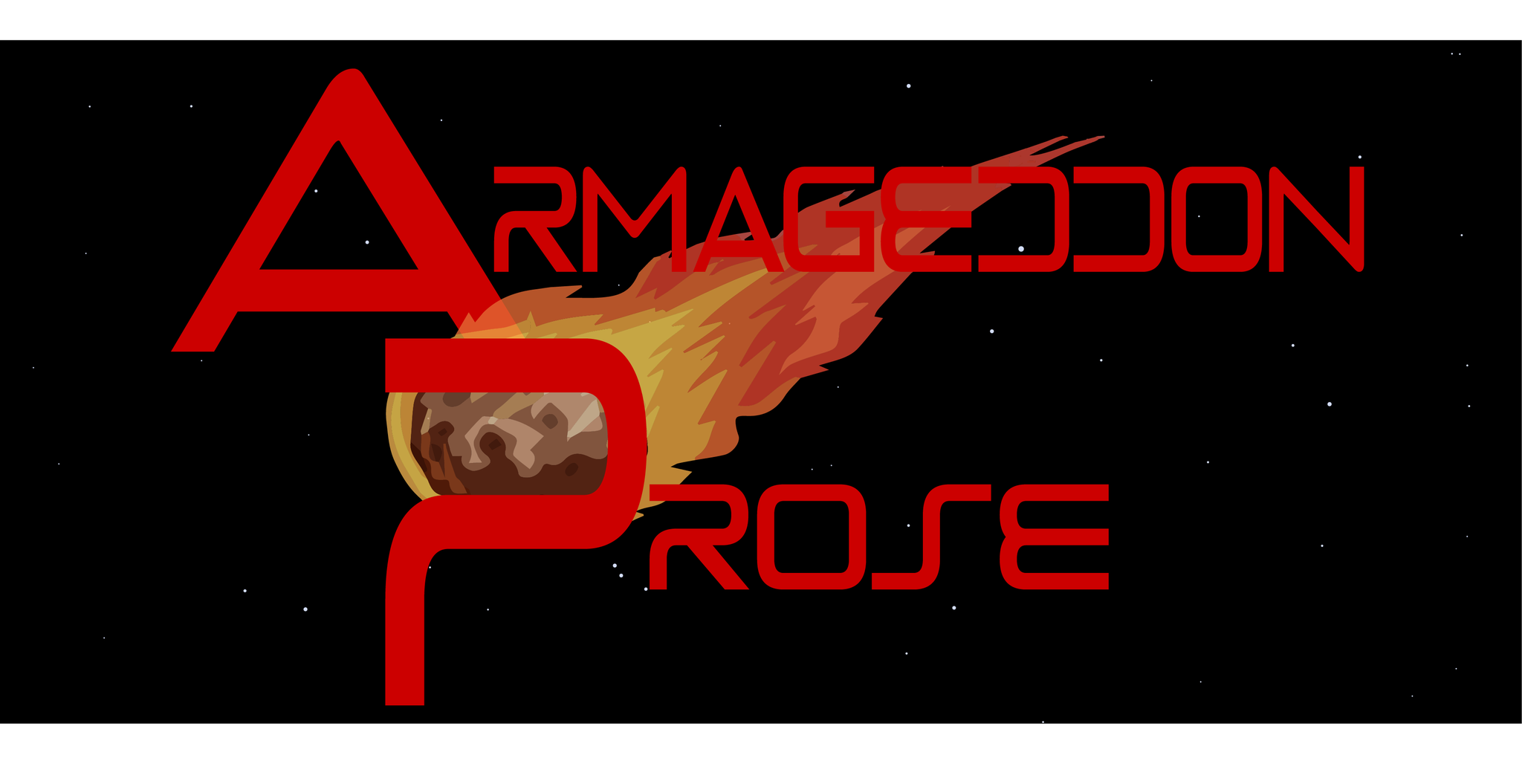Originally published via Armageddon Prose Substack:
The first meeting with the shaman — a fifty-something native with a bake-you-some-cookies-while-wax-philosophical-juxtaposition kind of vibe something like the Oracle in The Matrix — went curiously, in that she cut her toenails and looked aloof, not making eye contact.
What she intended to communicate by this detached demeanor, or if she meant to communicate anything at all, was a mystery.
In the popular imagination, the shaman is a mystical being with one foot in the spiritual realm, almost beyond the reach of the physical constraints of the visible world. Such an activity as corporeal as cutting her toenails and flicking them onto the floor somehow didn’t mesh with that archetype, and I didn’t expect it.
It occurred to me, then, that this lady sees gringos constantly with all sorts of psychological and physical and spiritual complaints — so maybe it was just that she’s burned out like any kind of social worker?
I worked soul-sucking customer service jobs back in the day — including at call centers for Ford and Sprint — and by the time I got off I didn’t care if the whole world burned. My empathy meter was chronically on E — and so was my gas tank, because minimum wage doesn’t buy much.
Nothing like customer service to fuel a little misanthropy.
But anyway, after experiencing her practice for a week, I concluded none of that speculation of apathy or indifference was really true — it appears that I happened to have found her in the mood for cutting her toenails when we first met, and she struck me as the kind of person who does whatever she likes without regard to social convention.
C’est la vie.
What I came to appreciate about her was that she never wore elaborate costumes like feather hats — which so many so-called “shamans” in the Amazon do purely for the aesthetics because they assume that’s what tourists are into — or put on any pretenses; she went about her job in a forthright manner with no undue theatrics or pandering.
Day One of jungle therapy began the same way it ended: with a not-insignificant amount of induced therapeutic vomiting.
The first round of therapeutic jungle vomiting was due to kambo — monkey frog poison extracted from a specimen by captured from a tree, which then has its limbs drawn and quartered until it’s terrified enough to secrete its defensive venom, at which time the shaman or whoever extracts it with a knife or a stick before letting it go free.
Via Journal of Venom Research (emphasis added):
“The secretions of the Giant Monkey Frog Phyllomedusa bicolor are used by populations in the Amazon regions (mainly the indigenous Katukinas and Kaxinawás). The so-called “toad vaccine” or “kambô” is applied as a medication for infections and to prevent diseases, and also as physical and mental invigorator, and analgesic. Since the 1980s, researchers and companies have been interested in the composition of these secretions. Phyllomedusin, phyllokinin, caerulein and sauvagine are the polypeptides in these secretions that can cause intense effects on smooth muscles, vessels provoking, nausea and vomiting, arterial hypotension, flushing, palpitations, nausea, vomiting, bile secretion and angioedema. These actions are similar to bradykinin. However, the feeling of well-being and improvement of motor skills described by the users seems to be associated with dermorphine, caerulein or deltorphin – peptides with analgesic properties – and their affinity for the opiate receptor systems. Caerulein is a peptide that increases digestive secretions. Phyllomedusin and Phyllokinin lead to blood pressure and digestive effects. Sauvagine release corticotropin and mimics the physiological reactions of exposure to stress. Deltorphins and dermorphins have high affinity for the opiate receptor system and can lead to analgesia. The fame acquired by the therapy motivated the use by individuals from urban areas worldwide, without safety considerations. While in indigenous communities, there is an entire cultural tradition that provides relative safety to the application, however, the extension of use to individuals from urban areas worldwide is a problem, with reports of severe adverse effects and deaths. Undoubtedly, the skin secretions of the Phyllomedusa genus contain substances of intense pharmacological action and that can lead to research for therapeutic uses, but control over their application in rituals outside the forest is needed due the risks presented*.”
*PharmaSpeak to English translation: “As gatekeepers of The Science™, we won’t recognize allow any of the therapeutic compounds contained in kambo to enter mainstream medicine until we have isolated, synthesized, and patented them because a.) we have a massive God complex that can’t be cured and b.) we like cash money.”
Related: NIH Defies FOIA, Moderna Vaxx Royalties Paid to Government Remain State Secret
Applying the kambo is an elaborate multi-step ritual that consists of scraping the dried frog poison from a stick where it has been stored, then burning a cigarette-sized hole (or two or three) on the arm or leg, then applying a dab to the site(s) of the burn(s) where it is introduced into the bloodstream.
Much vomiting ensues, preceded by ten minutes of visceral discomfort and followed by a generalized feeling of mild euphoria.
I now have four circular burns on my right shoulder to match the faded ones on my wrist from a bored and drunken night long ago in college, when my friend and I took turns putting cigarettes out on each other for decidedly non-therapeutic purposes.
To be continued…
Ben Bartee, author of Broken English Teacher: Notes From Exile, is an independent Bangkok-based American journalist with opposable thumbs.
Follow his stuff via Substack. Also, keep tabs via Twitter.
For hip Armageddon Prose t-shirts, hats, etc., peruse the merch store.
Support always welcome via the digital tip jar.
Bitcoin public address: bc1qvq4hgnx3eu09e0m2kk5uanxnm8ljfmpefwhawv










